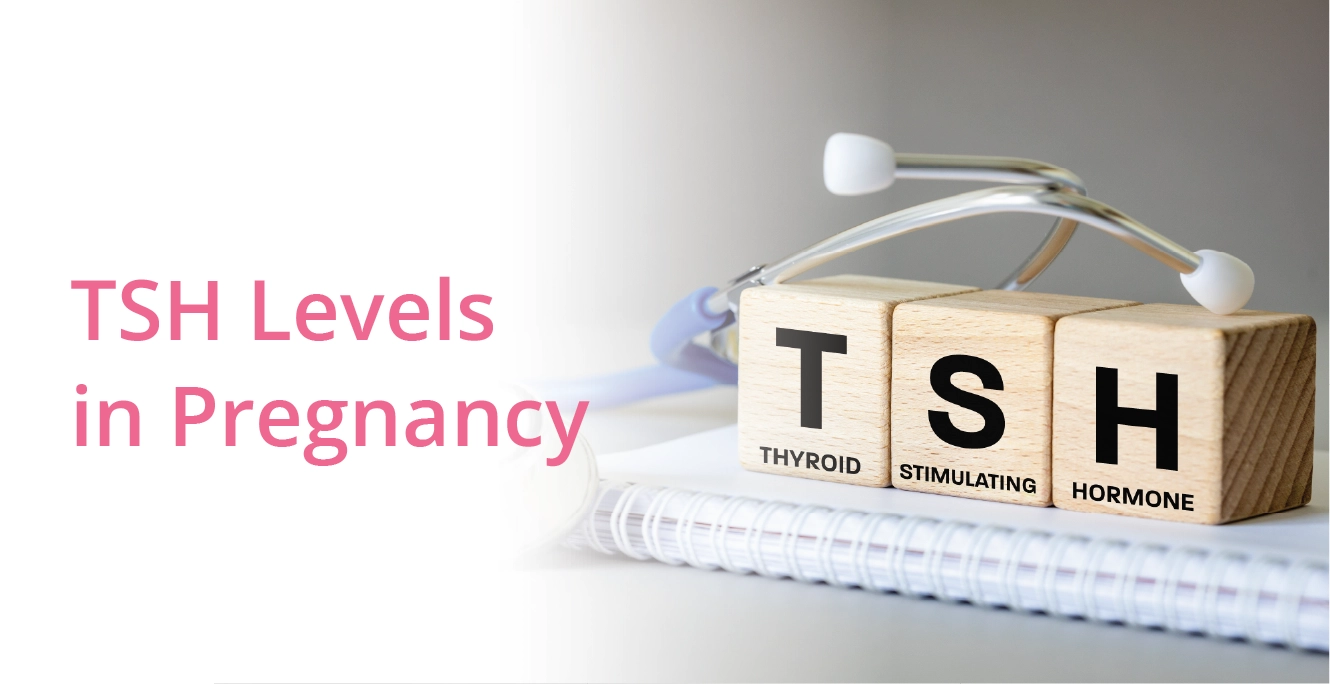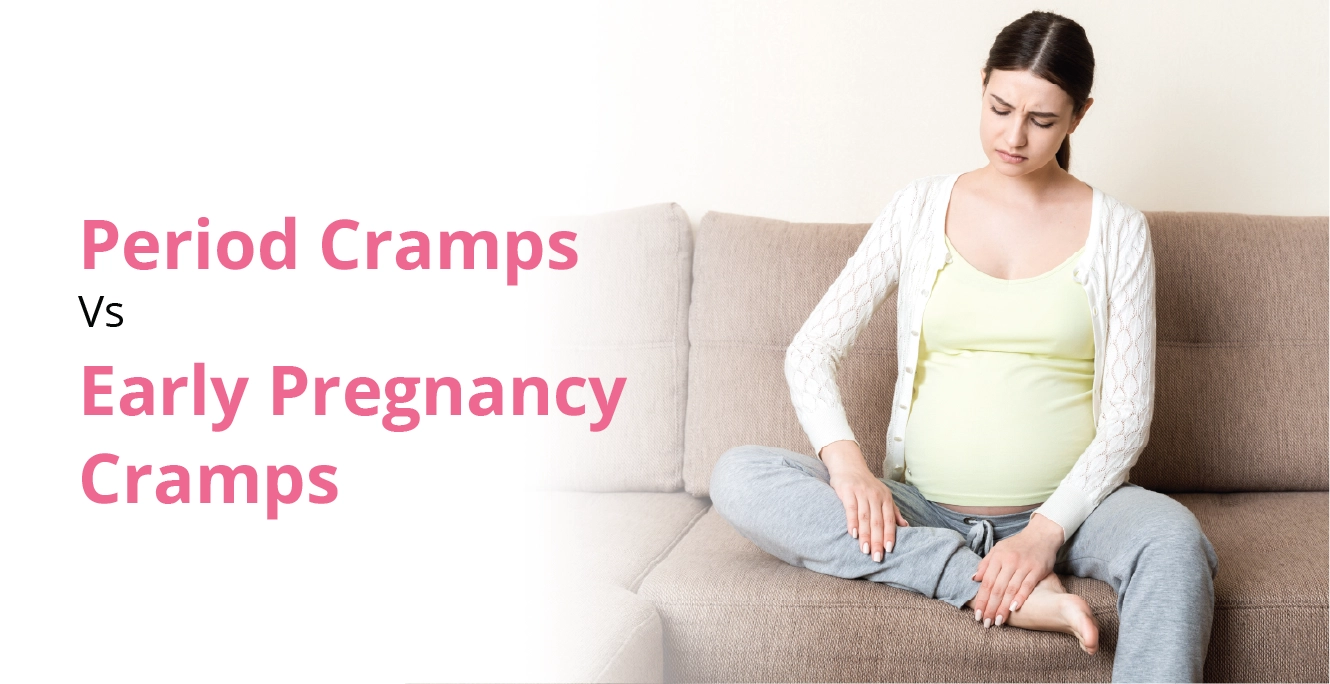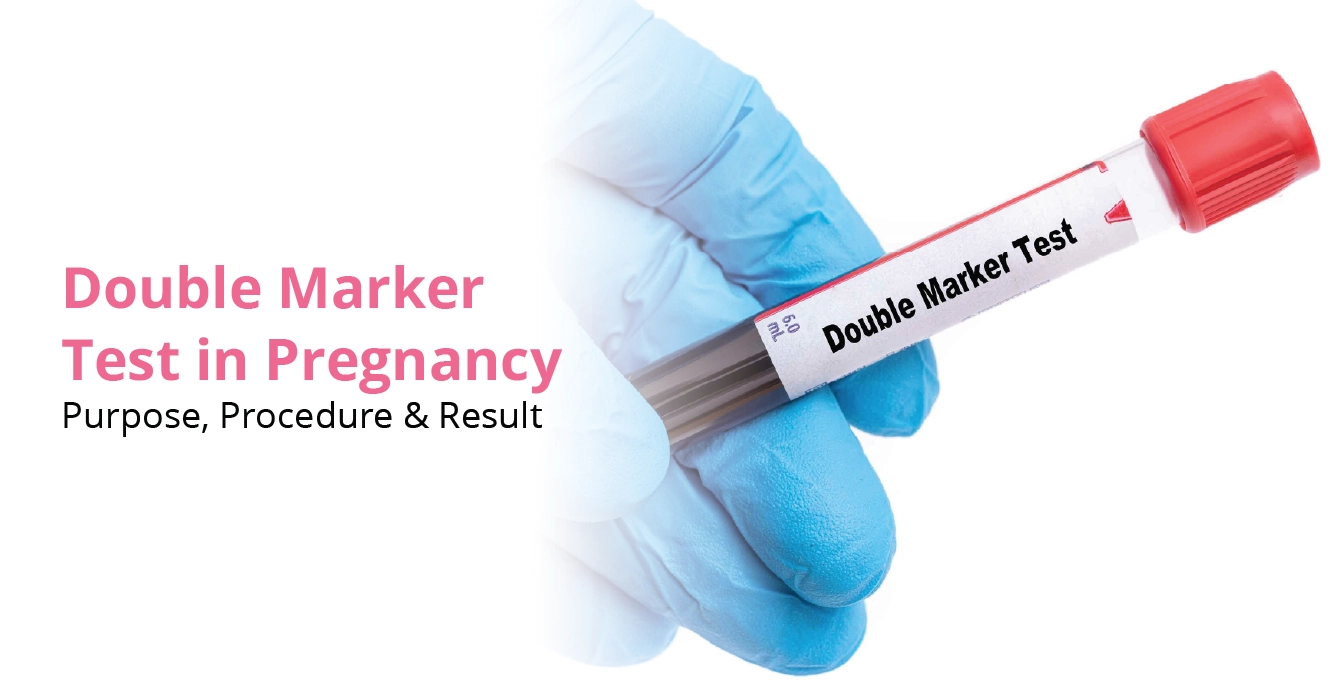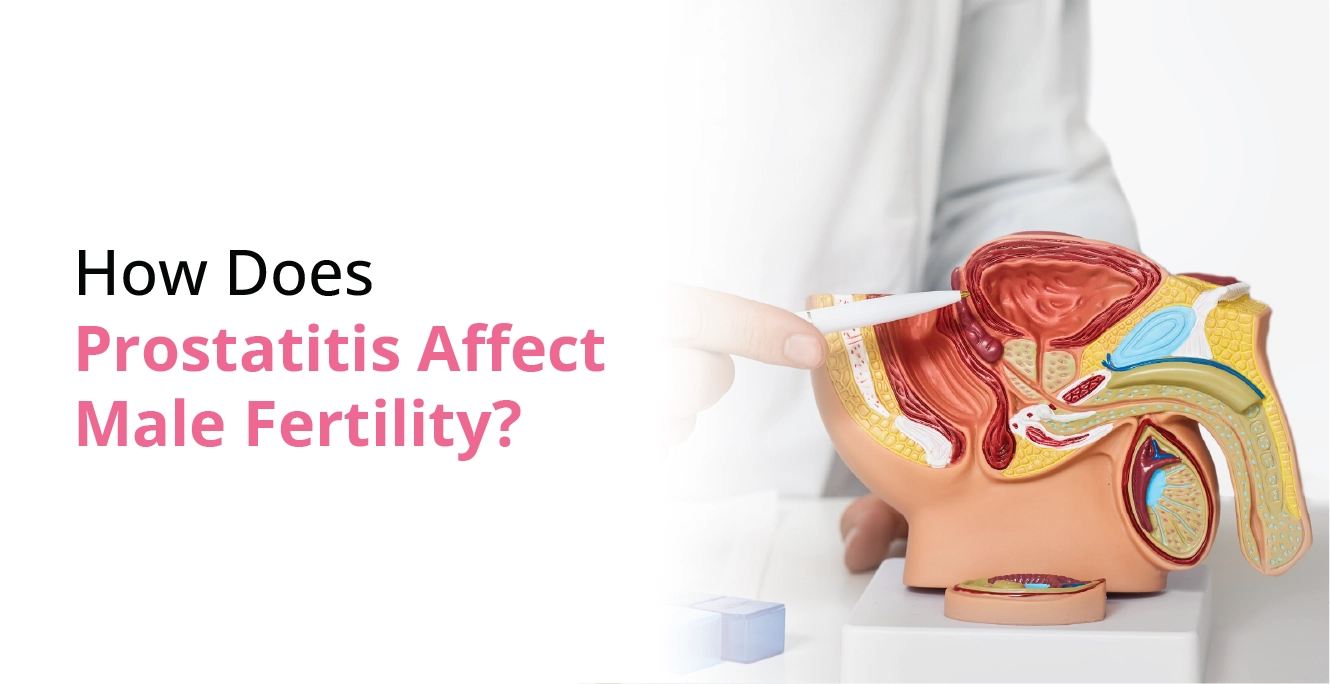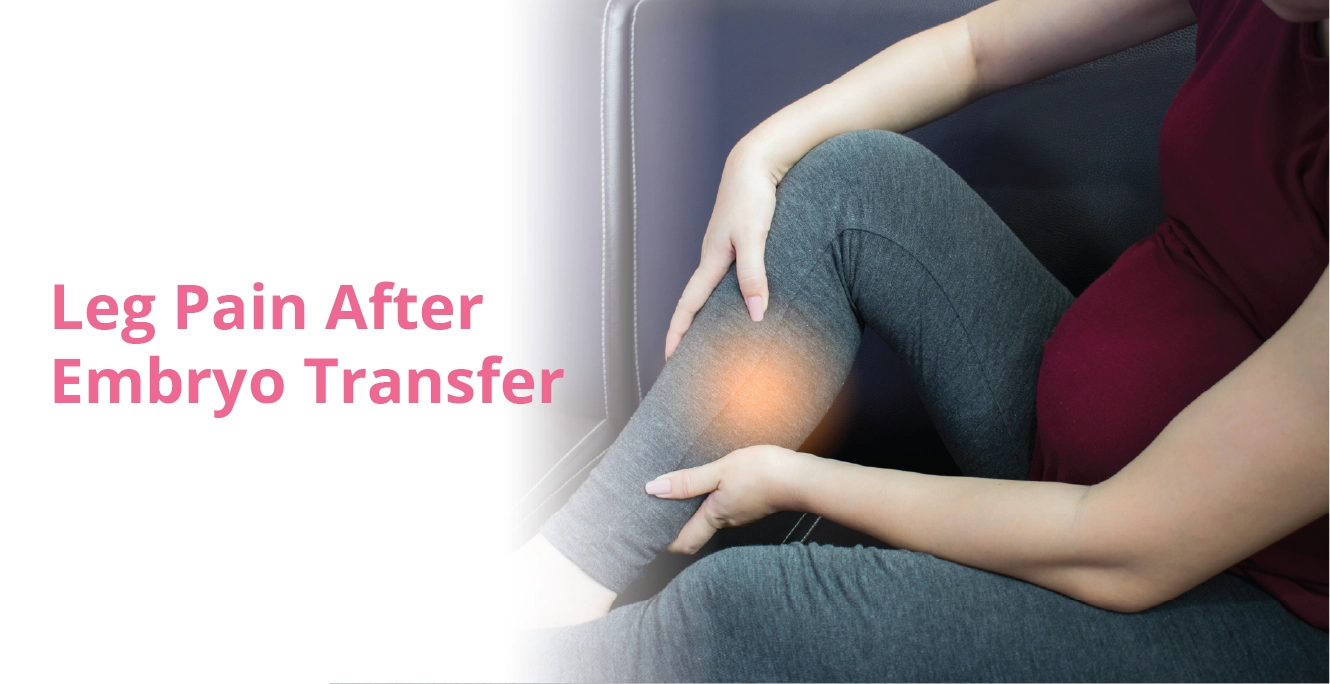Endometrial Receptivity Analysis (ERA)
Endometrial Receptivity Analysis (ERA) is a diagnostic test designed to determine the optimal timing for embryo transfer during in vitro fertilisation (IVF) treatment. By evaluating endometrial receptivity, ERA aims to enhance the likelihood of successful implantation and pregnancy.

What is ERA?

ERA is a genomic test that analyses the endometrial lining to determine the best time for embryo transfer. This test evaluates the expression of genes associated with endometrial receptivity.
ERA is performed to identify the precise window of implantation (WOI), which varies among women. Knowing this optimal time helps schedule embryo transfers more effectively.
Advantages:
-
-
ERA improves the success rates of IVF by ensuring embryos are transferred at the most receptive time.
-
This reduces the chances of implantation failure and increases the likelihood of a successful pregnancy.
-
It can be helpful for patients with recurrent implantation failure (RIF) who have experienced repeated unsuccessful IVF cycles.
-
Why is ERA Recommended?
Here are the key reasons why ERA testing is recommended:
-
IVF Cycle Failure
-
ERA helps identify the optimal time for embryo transfer in women who have experienced IVF cycle failures.
-
By pinpointing the exact window of implantation, ERA can significantly enhance the chances of a successful pregnancy.
-
-
Recurrent Pregnancy Loss
-
For women with recurrent pregnancy loss, ERA provides valuable insights into endometrial receptivity.
-
This information helps in adjusting the timing of embryo transfer to improve implantation success and reduce the risk of miscarriage.
-
-
Patients with Limited Embryos
-
For women with very few embryos available for transfer, ERA can help identify the optimal timing.
-
This maximises the chances of success by ensuring that the embryos are transferred at the most receptive time.
-

How ERA is Done?

ERA evaluates uterine receptivity for embryo implantation during IVF. Here’s how ERA is performed:
ERA Test
The ERA test involves these steps:
-
The patient takes medications to stimulate uterine lining growth, monitored via ultrasounds and blood tests.
-
When adequately developed, a minor endometrial biopsy collects a small sample of uterine tissue.
-
The sample is sent to a lab, where 236 genes related to endometrial receptivity are analysed using advanced genetic sequencing.
-
The results indicate if the endometrium is “receptive” (ready for embryo transfer) or “non-receptive” (not in the optimal implantation window).
Why Choose Us
Choosing the right fertility clinic is crucial for starting your family. At Birla Fertility & IVF, we offer personalised care with expert specialists guiding you every step of the way. Our advanced labs and outstanding success rates have helped over 2,30,000 patients achieve their dream of parenthood.
Benefits of ERA Test
Optimised Timing for Embryo Transfer
- Personalised Window of Implantation (WOI): By identifying the specific days when the endometrium is most receptive, ERA helps schedule the embryo transfer. This timing increases the likelihood of successful implantation.
- Tailored to Individual Cycles: WOI can vary among women and even from cycle to cycle in the same woman. ERA ensures that the transfer is timed perfectly for each cycle.
Reduced Implantation Failure
- By identifying the exact window of implantation, ERA reduces the risk of implantation failure.
- ERA improves pregnancy and implantation rates in patients with recurrent implantation failure or unsuccessful IVF cycles.
- This increases IVF success rates and reduces emotional and financial strain from repeated cycles.
Personalised Fertility Treatment
- ERA provides personalised fertility treatment plans based on each patient's unique endometrial profile.
- This ensures embryos are transferred at optimal receptivity for maximised implantation and pregnancy success.
- ERA also conducts detailed genetic assessments of endometrial receptivity, enhancing precision in treatment planning.
Frequently Asked Questions
Recent Blogs
Book an appointment
Hassle-Free Appointment Booking

 Our Centers
Our Centers
















